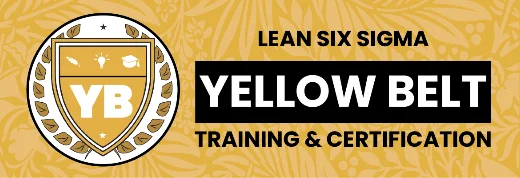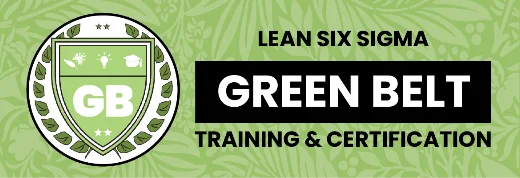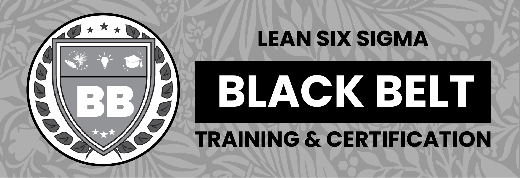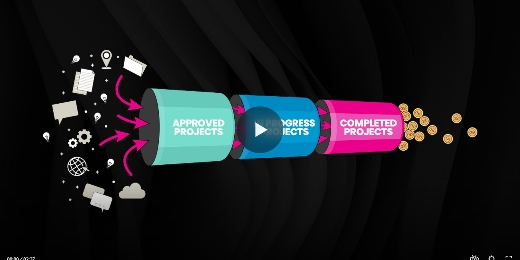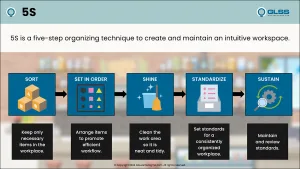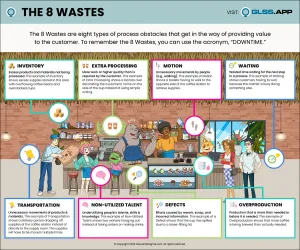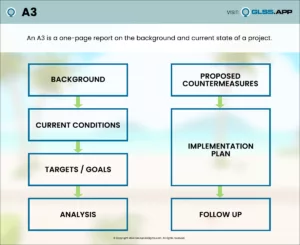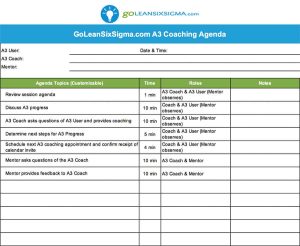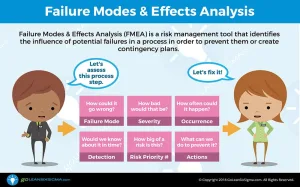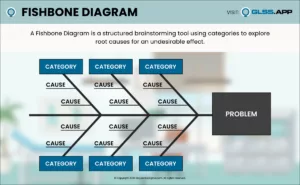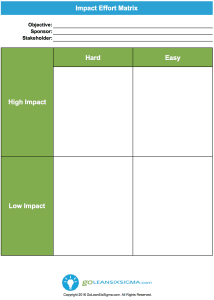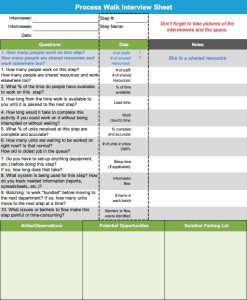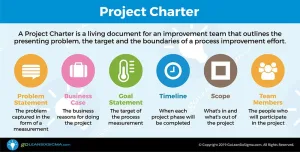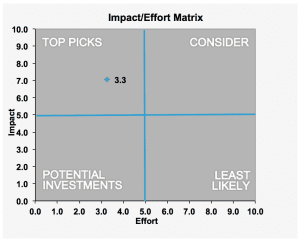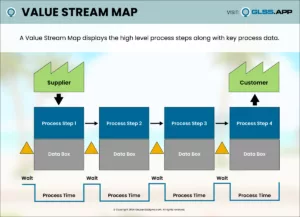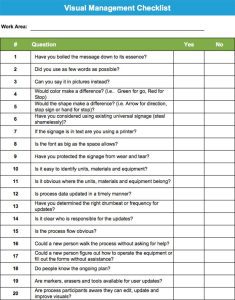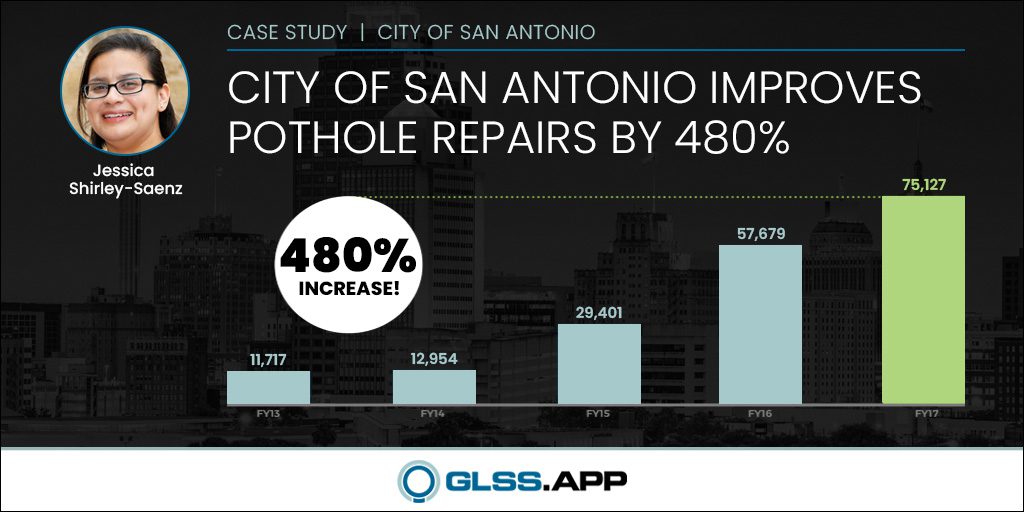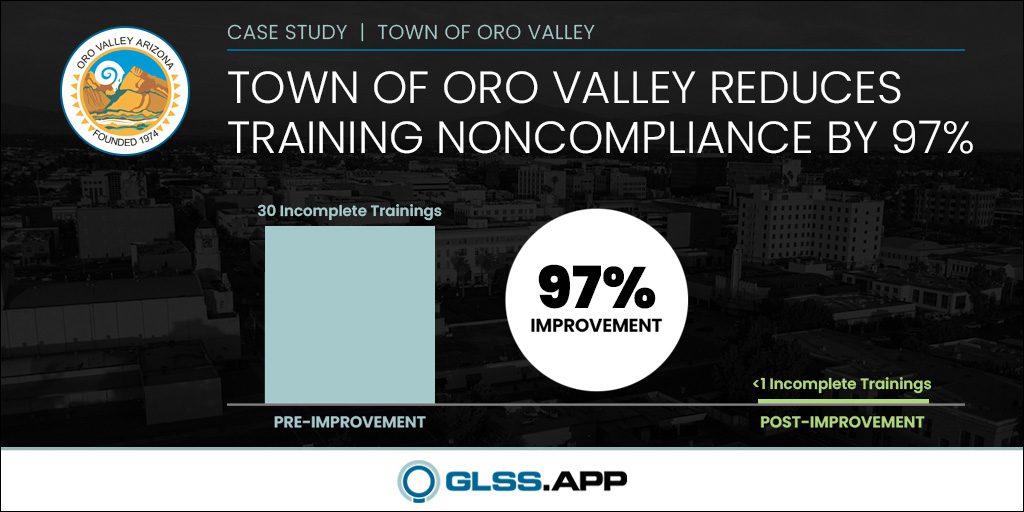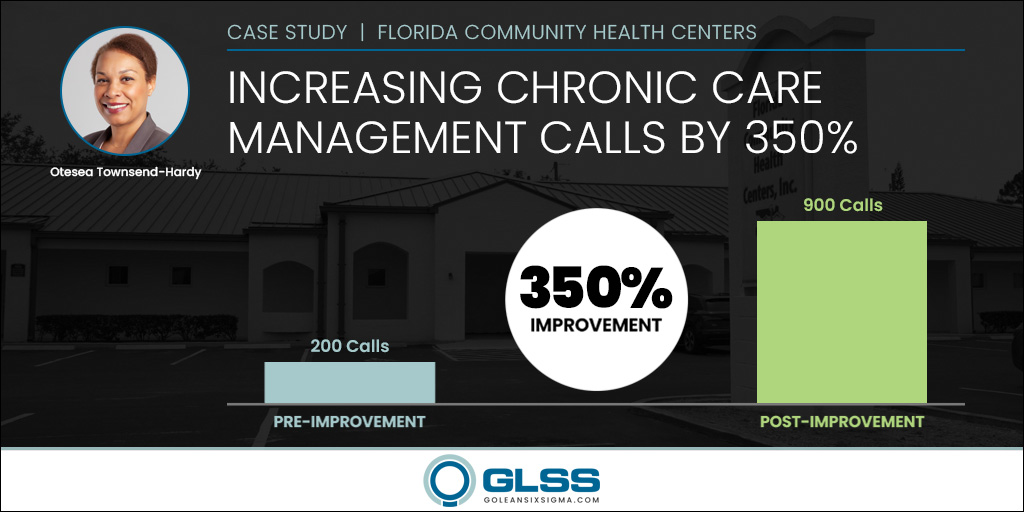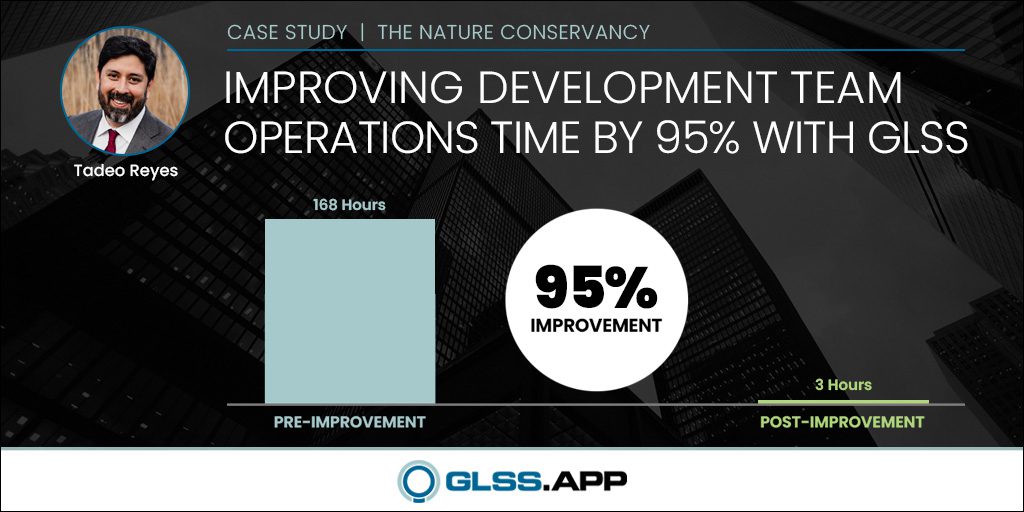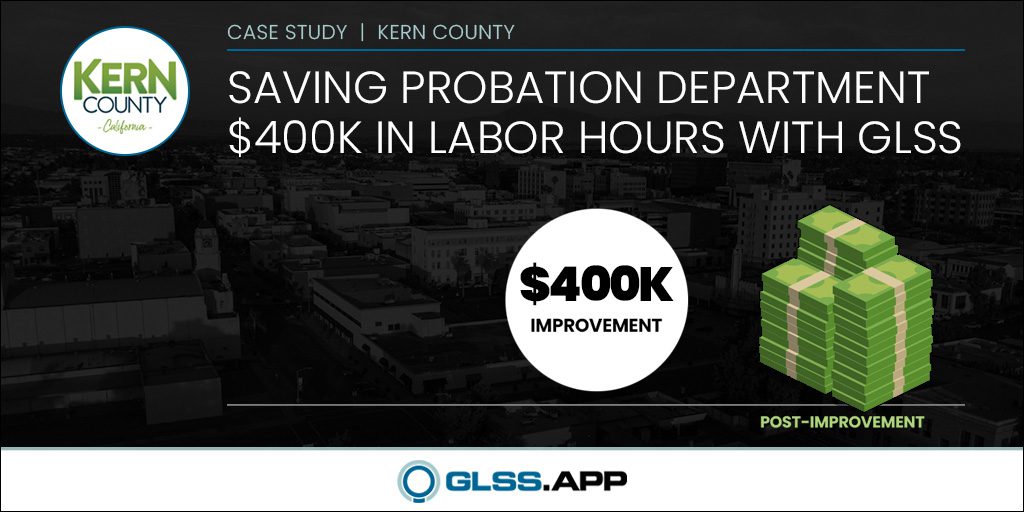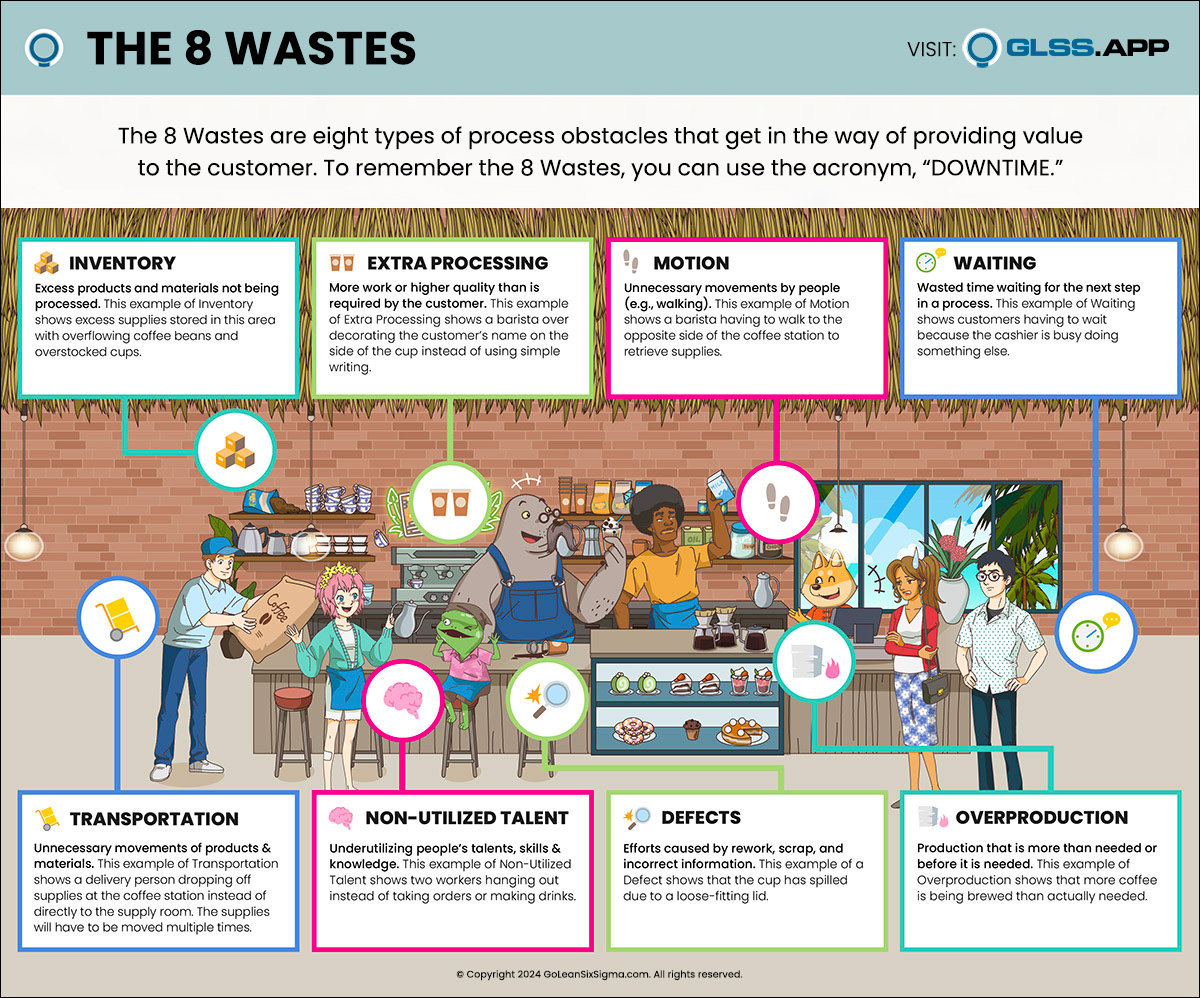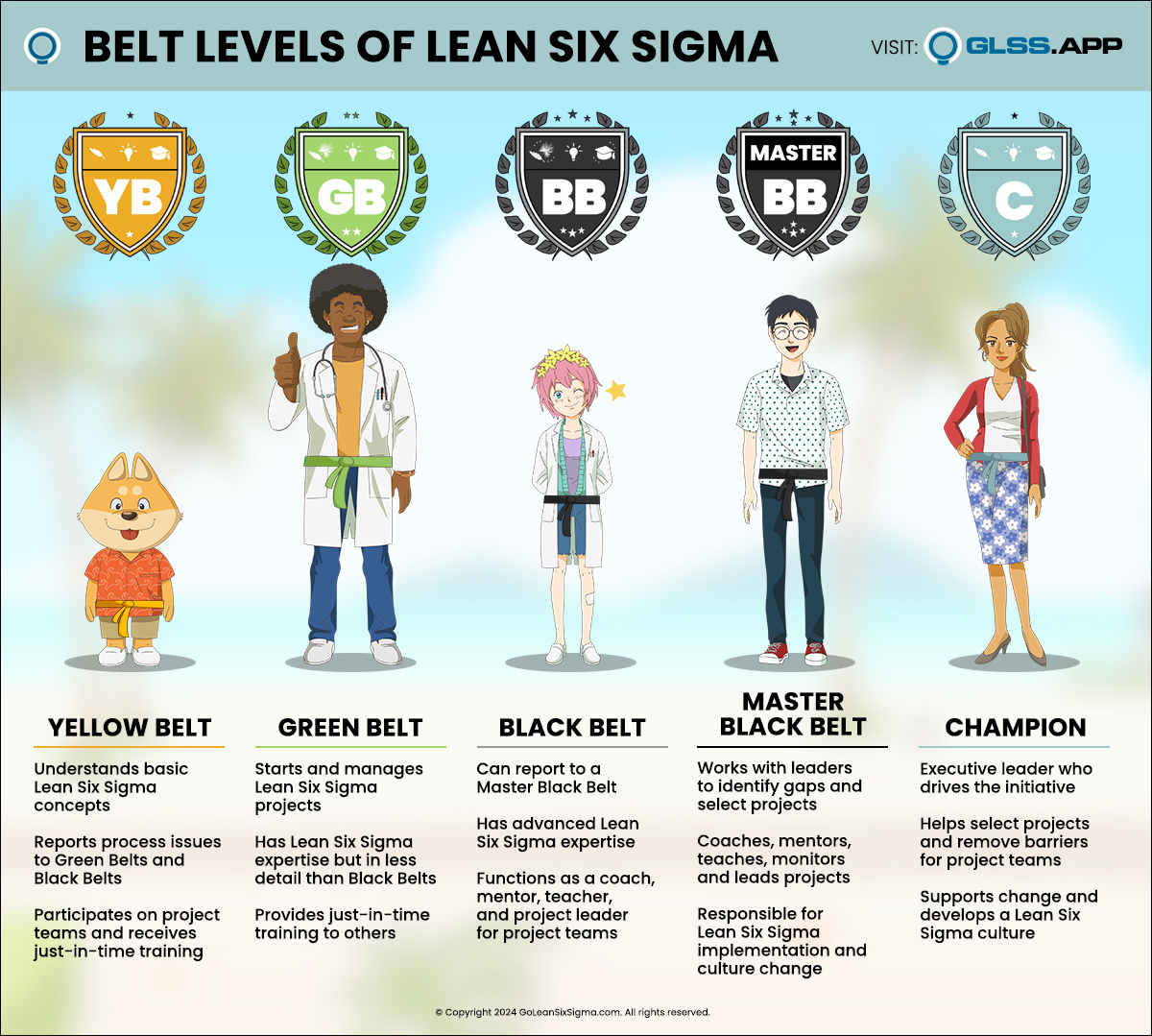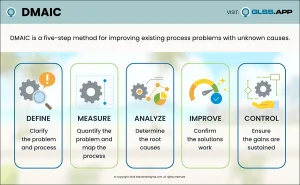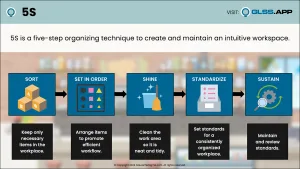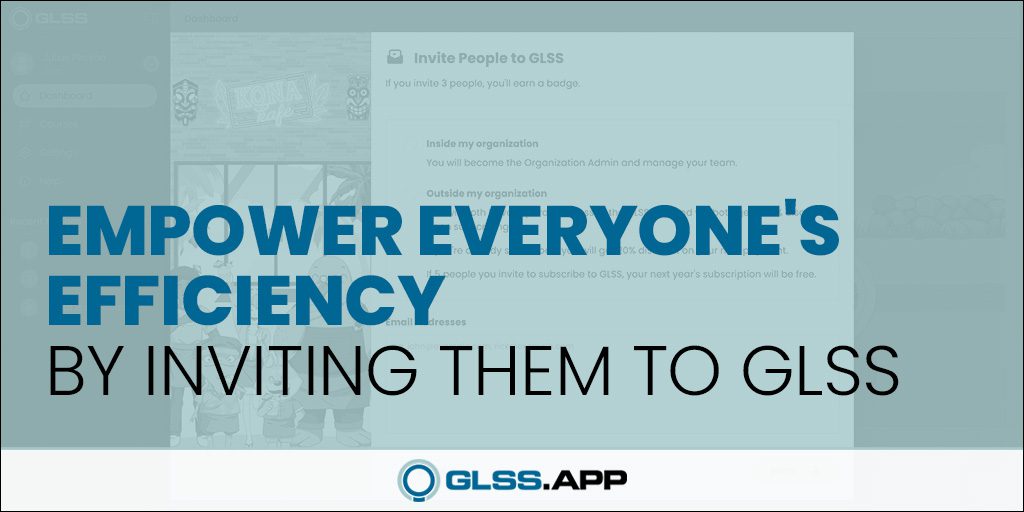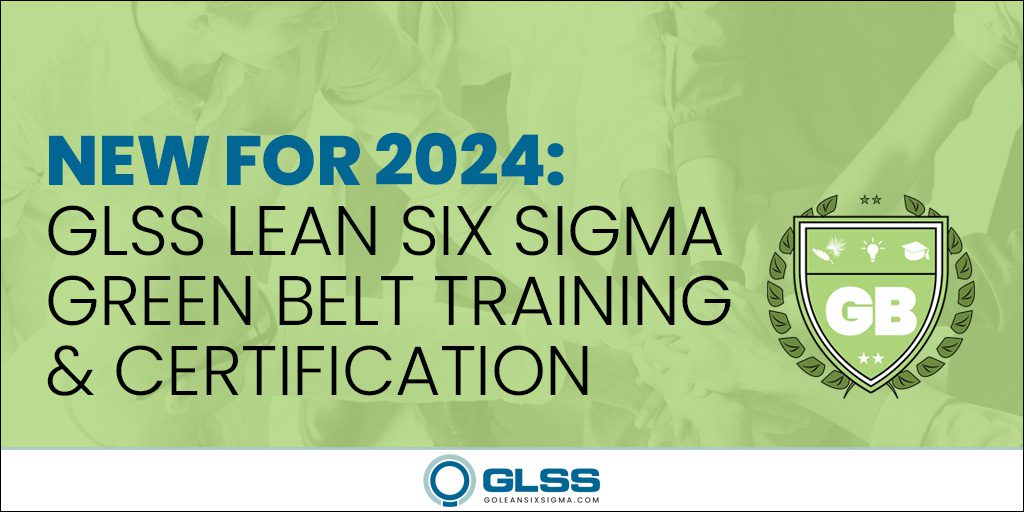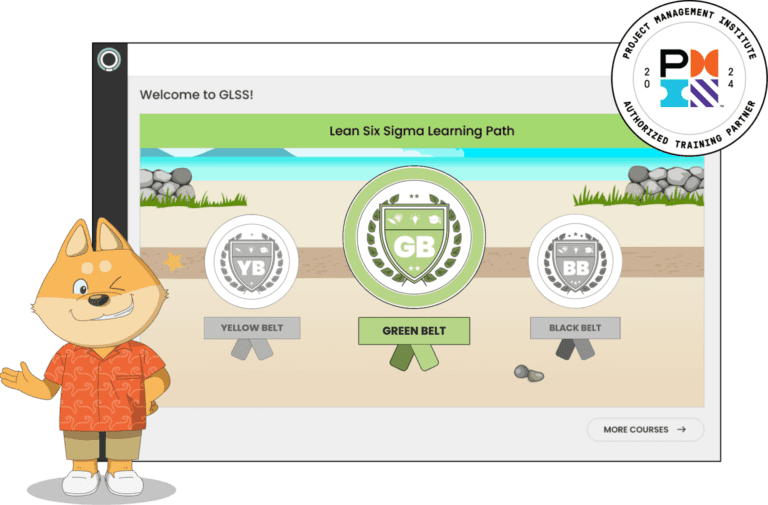
Whether you prefer Lean, Six Sigma, or Toyota Kata as your method of choice, measurement is a key principle and a thread that weaves its way through any scientific-thinking or improvement approach. It is through objective measurement that we remove assumption, bias, opinion, and let’s face it—drama.
The simplest and most fundamental question we can ask is, what are we trying to improve? How will we know we made an improvement? This is a simple concept, and yet so challenging to apply regularly when our brain is hardwired to quickly and randomly implement solutions based on the whims of over 100 types of cognitive biases.

Measurement Is Impacted by Industry
The word “Lean” was first used in the book The “Machine” That Changed the World (quotes are mine). That “machine-based” environment (aka manufacturing) is one in which there are lots of ways to measure improvement—output, volume, productivity, labor hours, overall equipment effectiveness, downtime, defects, scrap rates, takt, etc. These types of measurements are relatively easy to collect, analyze, chart, graph, and use to identify problems.
Many organizations within the healthcare industry practice Continuous Improvement although the context is different, data is ubiquitous in that environment as well. With the almost complete adoption of Electronic Medical Records, there is a similar availability of computer-generated reports—length of stay, room turnover, throughput, and wait times are common measures. Patient and employee surveys are commonplace and offer plentiful, if delayed, data.
How Do You Measure the “Soft Stuff”?
But what if you want to improve something that isn’t easy to measure? You can’t extract it from a computer or your business analytics system. What if you want to work on the “soft stuff,” like how we think, feel, and act towards ourselves and each other. The common response to this question is that you cannot measure these things—that some types of measurement are impossible. With a shrug of the shoulders, we give up and focus on improving things we think we can measure.
But, it is exactly these types of “soft skills” that create the cultures we want to work in. Ones where all people are respected and the people close to the work are the ones who change the work. Measuring improvement in this context is not only possible, it is essential.
Measuring improvement in this context is not only possible, it is essential.
Data vs. Facts
There is a difference between facts and data. Taichi Ohno said, “Data is of course important in manufacturing, but I place the greatest emphasis on facts.” Ohno emphasized direct observation of facts vs. reliance on computer-generated reports that are often read in a conference room, far from the Gemba, or workplace. With this principle in mind, there isn’t a fact we can’t measure—as long as it is observable, we can record it.
There isn’t a fact we can’t measure—as long as it is observable, we can record it.
When it comes to improving soft skills within the context of personal or leadership development, there is a tendency to not talk about measurement. Instead, we send people to training programs, complete performance evaluations and include a year’s worth of (biased) observations.
We offer mentorship and maybe coaching, but all without any formal measurement process. We need to bring the same rigor to this kind of improvement as any we do to any other for the same reason. If we can’t measure it, how will we know we made an improvement?
7 Ways to Measure the “Unmeasurable”
Below are seven examples of measurement within environments and processes that are not typically associated with Lean Six Sigma improvement:
1. Increasing My Own Positivity Ratio
Over the summer, I started reading about the field of Positive Psychology. For much of history, well-being and mental health was synonymous with the absence of disease—not necessarily happiness or a positive outlook. Only in the last twenty years has there been research and study into understanding how to generate happiness/positivity and the impact of such efforts.
One of the leaders in the field, Dr. Barbara Fredrickson, created a positivity self-test that measures a daily ratio of positive to negative emotion. She has proven that a ratio of 3:1 “broadens minds and builds resourcefulness.” Below is one month’s worth of data on my daily positivity self-test. Alongside this outcome metric, I kept track of three process metrics including meditation, sharing good news and savoring moments. These were the habits proven to increase positivity. I continue to strive for a 3:1 ratio.

2. What Is Tom Working on?
A friend who is in a leadership role was not on the same page with one of her direct reports. At their one-on-one meetings, she felt that he was not focused on the most appropriate organizational/strategic priorities. Despite multiple conversations, direction, and guidance, he continued to spend time on day-to-day problems that were more reactive than proactive.
As a Lean/Toyota Kata practitioner, my friend worked with her employee and together they developed a goal—to spend 75% of his time on strategically aligned goals and activities. To achieve this, she sent two emails per day at random times with the following questions: What are you working on? Is it aligned to one of your strategic goals? If not, please comment.
What are you working on? Is it aligned to one of your strategic goals?
She added this information to a spreadsheet, and they reviewed the daily and aggregate percentages together. Where an unstructured and hard-to-remember conversation was ineffective (not sure what I did last week), it took less than 10 minutes per day to collect this data. Having it allowed an accurate understanding of the current condition along with obstacles to the goal and ultimately improvement.
3. How Do We Get the Family Involved?
Data from family surveys at a healthcare organization revealed that “primary caregivers” did not feel involved in the care decisions of their loved ones. The data revealed a problem, but the surveys were from patients discharged three months ago. There was no specific information and the improvement team felt hopeless.
Despite training and reminders to staff, the survey data remained unchanged. How do we learn more about this problem? They started with a question in the nurse’s station that asked three simple questions including, “Did you speak with the primary caregiver today? If not, why not? Was the care plan discussed?”
This process revealed underlying confusion about who the primary caregiver was (especially when multiple family members were visiting) along with questions/confusion about what patient information was most important to convey. These few starting points of measurement began to reveal the true nature of the problem and paved the way for improvement.
4. Five Minutes/Week = $100,000 in Savings
Athletic trainers at a healthcare organization had been accruing overtime at a rate that was leading to a budgetary gap. Leadership kept reminding trainers to manage their schedules better, but because the trainers were supporting high school athletics in over a dozen school districts across three counties, there were often unexpected delays, rescheduled games and meets that resulted in hours that surpassed the budget.
Staff meetings, emails, reminders, admonishments—none of these interventions seemed to work. The leader set a goal for overtime hours and started measuring conversations with trainers. His target was to reach out to each trainer for one touch-base per week. None was more than 5 minutes in duration.
He asked, “What is your plan for the week?” With pencil and paper, the leader measured his weekly conversations (a process metric). At the same time, he tracked overtime hours weekly instead of monthly. As conversations went up, overtime went down and the leader received special recognition for saving the organization over $100,000.
5. Who Is Doing All the Talking?
As organizations work to improve organizational culture and increase teamwork and collaboration, staff meetings present an opportunity. In one organization, the leader knew that some of his staff were dominating the conversation more than others. Offline, this was leading to resentment and back-channel “meeting-after-the meeting” conversations.
To get the team back on track, the leader started by setting expectations—he wanted all members to participate equally. To measure this and hold himself accountable for maintaining productive dialog, he created a paper diagram of all team members sitting around the table.
When one person was talking, he drew a line from the speaker to the recipient. If the recipient responded, he drew a line back to the original speaker. At the end of the meeting, the picture painted a stark picture. In a meeting of 10 people, 3 people did 80% of the talking. As the leader planned experiments to get more input from some and less from others, this tool continued to provide a reality check.
6. How Many Questions Am I Asking?
Coaching is becoming increasingly mainstream as a leadership skill, but old habits die hard. Many are used to having and giving answers to questions and problems. Because quick reaction and decision making have been rewarded through accolades and promotion, change comes even harder.

Using a structured approach and simple tick marks on a sticky note made clear the frequency with which problems were presented to one plant manager. Turns out staff were coming to his office with problems 5-7 times/day. When we started, solutions were offered 100% of the time. After one month of practice, the tick marks decreased, and questions started to replace answers.
7. Whatever You Water Will Grow
It’s not news that heartfelt, sincere and specific recognition does wonders to boost morale, productivity, and engagement. However, knowing this does little to create change and instill new habits. This is the type of advice or even training that is helpful and maybe even connected to a development plan, but without practice, motivation and feedback, this new habit won’t stick.
One leader went deeper and decided to measure his feedback. He took the advice of Sydney Finkelstein in his Harvard Business Review article, “Why a One-Size-Fits-All Approach to Employee Development Doesn’t Work,” and created a spreadsheet with a column for each employee that included specific observed behaviors, positive recognition that was delivered, and coaching or feedback that was given.
Only through this formal measurement could he see how little he was giving thanks and appreciation. A true understanding of the current condition sparked motivation to change and the spreadsheet provided a vehicle to see the change.
There’s Nothing Stopping You
The absence of easy-to-measure, computer/machine-generated data is no reason not to measure improvement. If improvement is the goal, measurement is a nonnegotiable and there is always a way to turn observations into data.

